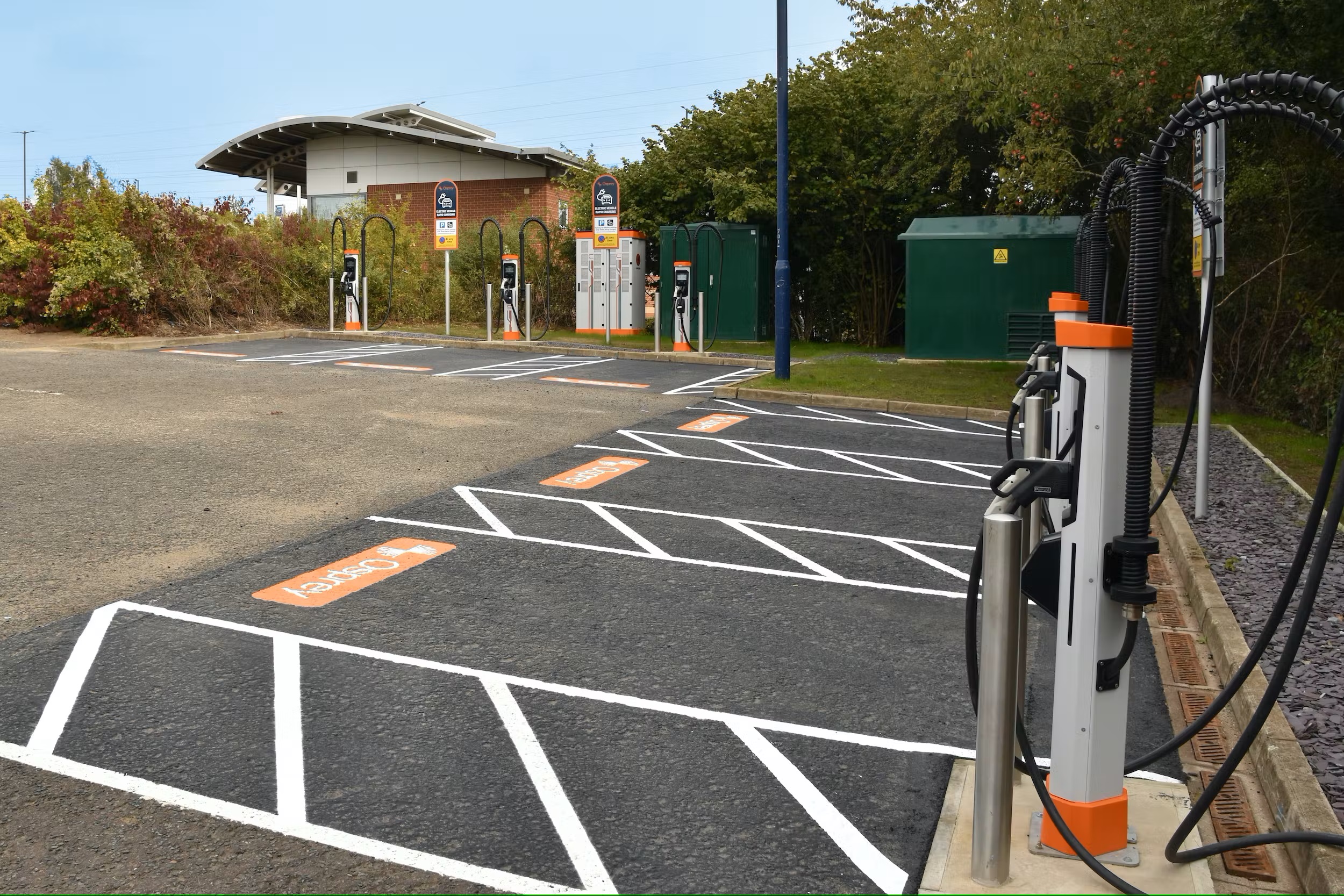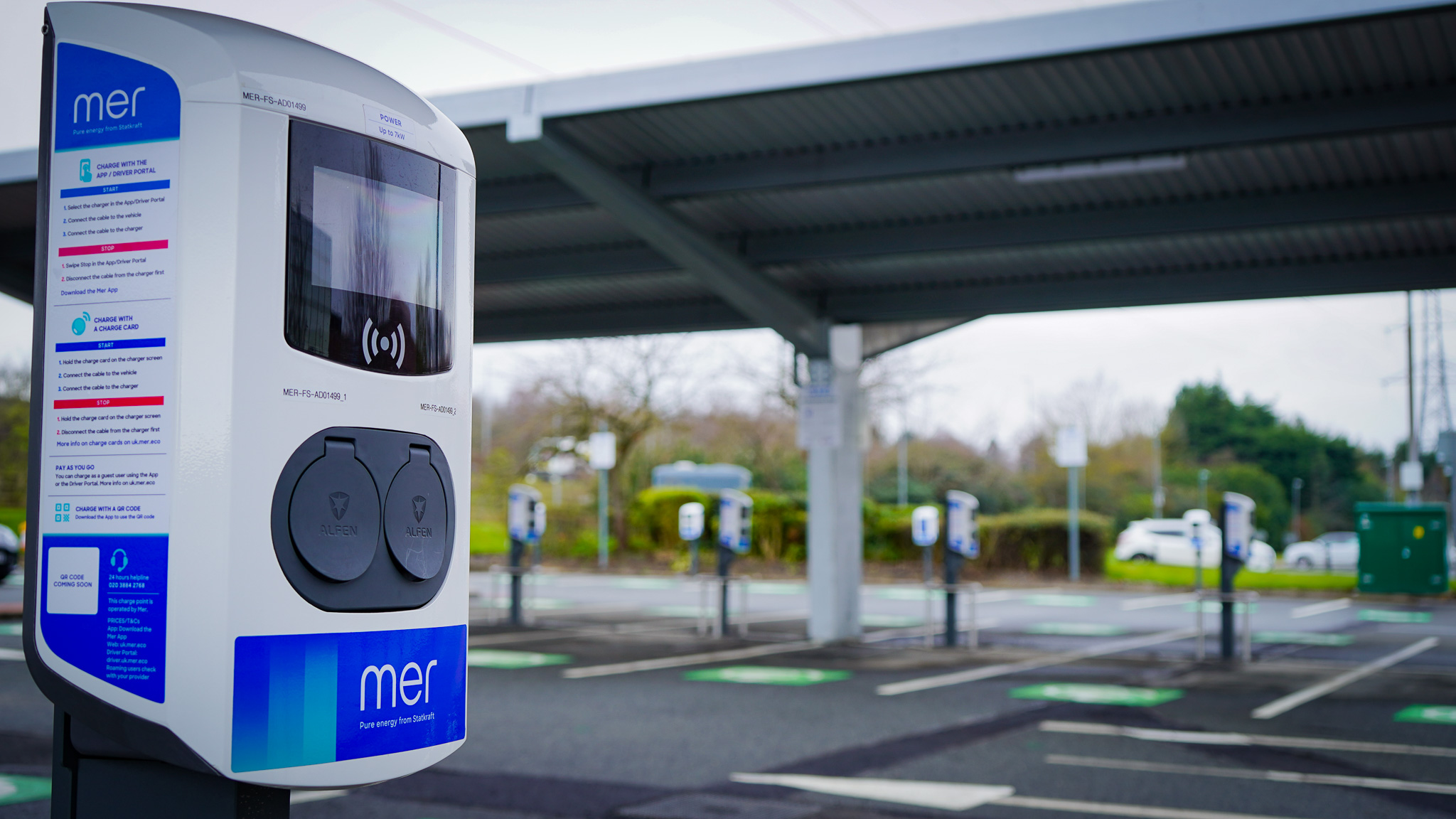
The UK charging infrastructure company says it is continually reviewing its site design to ensure that public charging bays are big enough and laid out correctly to enable all people to drive electric.
There are a number of different groups of drivers who may require extra space when using public charging stations. Disabled drivers make up a significant proportion of the UK driving population, with half of all disabled people aged 17-64 holding a full driving licence. These drivers require extra space to move around their vehicles and safely use the charge point as well as exit and enter the charging bays.
Another group of drivers who benefit from extra space is families with young children. There are 19.3 million families in the UK, and at any one time there are approximately 600,000 pregnant people. These drivers may require extra space to safely access child car seats and pushchairs and to get in and out of their vehicles safely and easily.
In addition, Osprey says that one of the fastest-growing EV markets is commercial vehicles, with more and more electric vans are hitting the road. These larger vehicles require bigger bays in order to park safely at public charging stations.
Osprey comments: "At Osprey Charging, we believe that these diverse groups of people should all be able to charge easily, and so we build bigger bays at our public charging stations where we can. By auditing existing sites and ensuring that all new sites have a number of bays that meet the new BSI PAS 1899 standards on accessible charging, we create charging places that are comfortable and spacious for everyone to experience.
"We believe that this focus on accessibility is not only the right thing to do but also makes good business sense. By providing charging stations that are comfortable and convenient for all people, we are increasing the likelihood that they will choose and return to our charging locations. It’s part of our long-term strategic focus on the customer experience and usability of our charging network."












